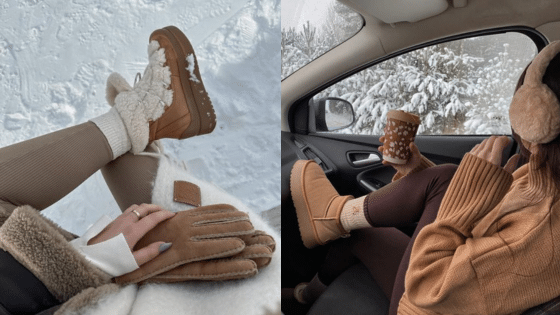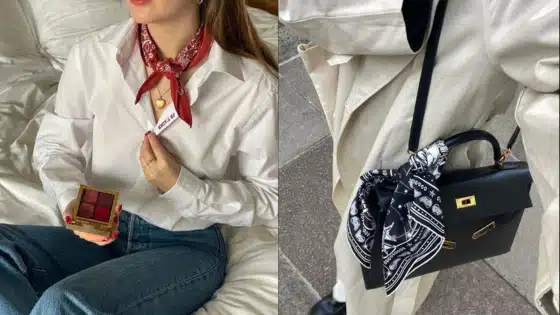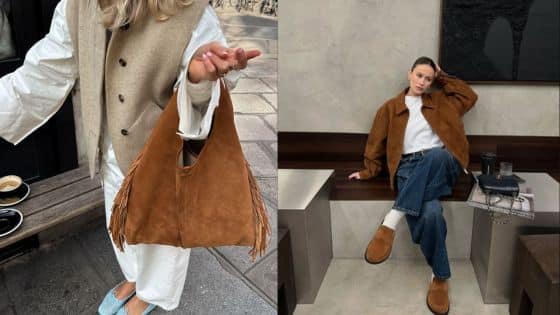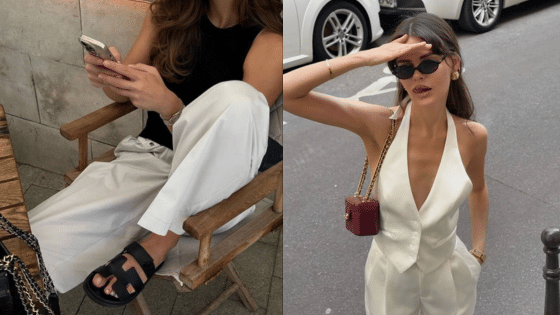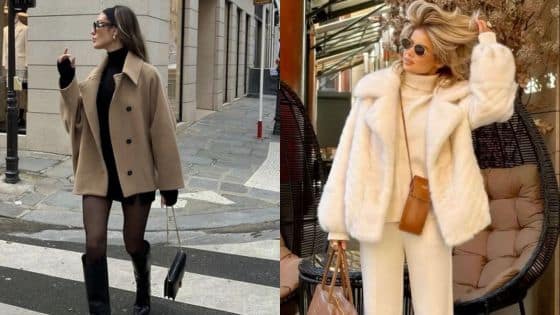Fashion design is much more than picking fabrics and sketching looks—it’s the art of creating clothing and accessories that blend style, function, and creativity. You shape how people express themselves and experience the world through what they wear. Every stitch, color choice, and silhouette you imagine can influence trends, challenge cultural norms, and even shift the way society sees fashion.
Exploring fashion design gives you a chance to combine artistic vision with practical skills like pattern making, garment construction, and understanding textiles. Whether you’re interested in designing ready-to-wear pieces, experimenting with new materials, or even working on digital 3D fashion, this field offers endless opportunities to innovate and collaborate. Your journey can take you from hands-on creation to the broader world of fashion merchandising, history, and technology.
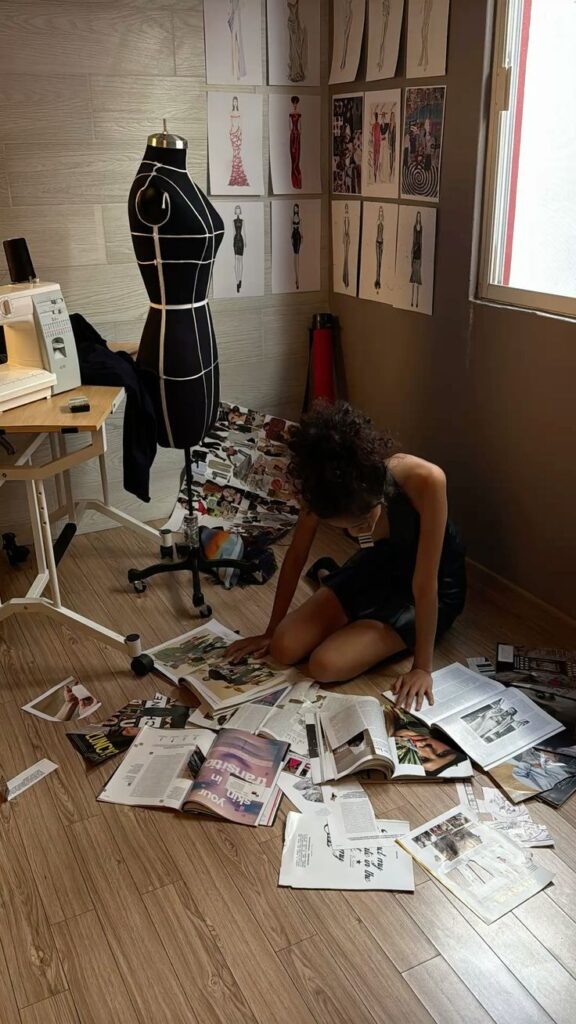
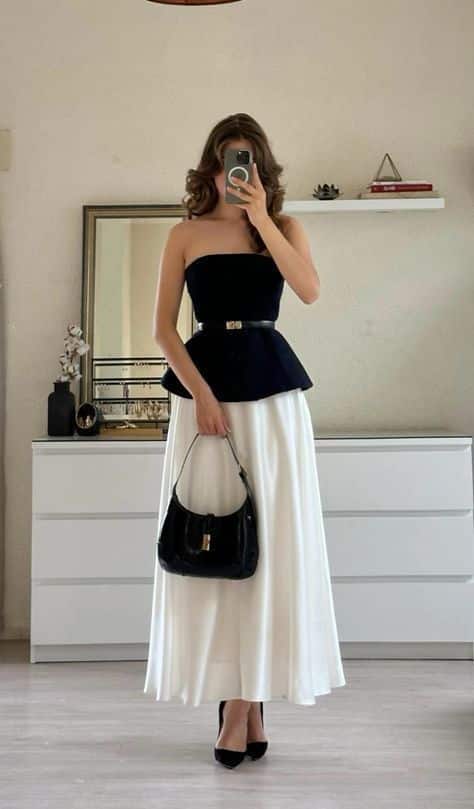
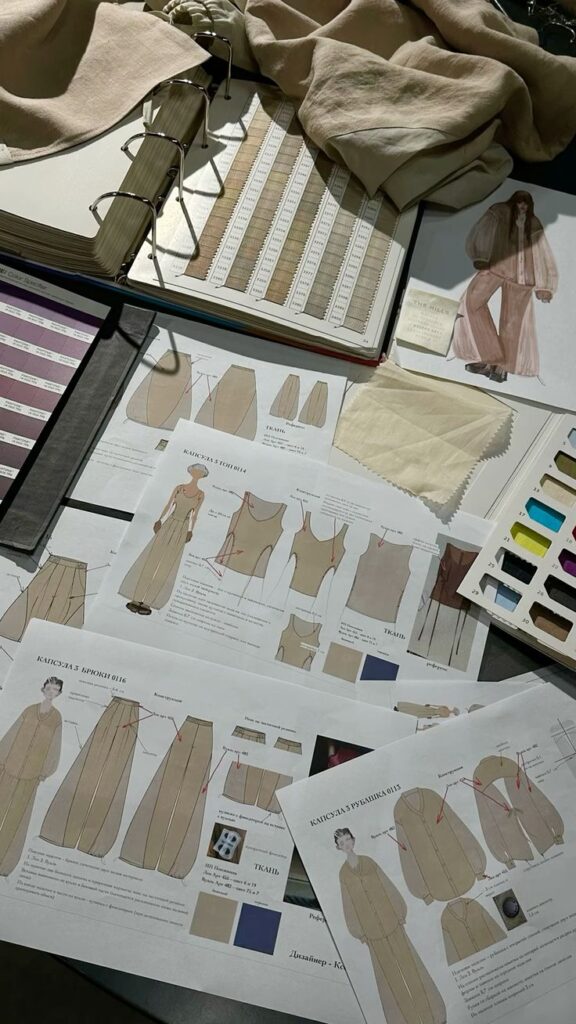
Key Takeaways
- Fashion design brings art, function, and originality together.
- The process blends creativity with technical skill and industry know-how.
- Exploring fashion offers endless paths for personal development and teamwork.
Core Principles of Fashion Design
Fashion design brings together choices in aesthetics, color, proportion, and silhouette to create garments that are both visually appealing and functional. Understanding these fundamentals helps you create cohesive, attractive looks that express a clear point of view.
Aesthetics and Style
Aesthetics shape the overall character of a design. Your selection of materials, patterns, and details sets the mood and tone of each piece. Whether you prefer minimalist lines or intricate embellishments, the choices you make reflect a specific style and influence the emotional response to your work.
Style also guides how different pieces are combined to tell a story or fit a trend. Consistency in style allows your designs to be easily recognizable, helping to build your unique design signature. Through careful attention to aesthetics, you ensure each item looks thoughtful and intentional.
Key elements to focus on include:
- Material selection: Choose fabrics and finishes that support your overall vision.
- Detailing and trims: Simple versus ornate, these small touches can greatly impact a garment’s style.
- Cohesion: Make sure every element feels connected, not random.
Color Theory and Proportion
Color instantly attracts attention and sets the mood for a outfit. A basic understanding of color theory—such as complementary versus analogous color schemes—helps you craft harmonious or striking looks. The right use of color can serve as the focal point of a design or provide balance within an ensemble.
Proportion deals with the relationship of different elements, such as the size of sleeves to the overall garment or the length of a shirt vs. a skirt. Maintaining the right proportions ensures that the final look flatters the wearer and appears balanced. Using a mix of bold and subdued colors along with careful placement can help control emphasis and guide the eye.
Tips for working with color and proportion:
- Use the color wheel to select palettes.
- Play with scale—large prints vs. small prints, or oversized details paired with slim silhouettes.
- Balance between top and bottom pieces to avoid visual overload.
Silhouette and Shape
The silhouette is the outline or contour of your garment when viewed from a distance. Common types include A-line, sheath, ball gown, and straight cuts. Each silhouette creates a distinct visual impression and affects how the garment interacts with the wearer’s body.
Shape not only refers to the cut but also how the fabric hangs and moves. Your manipulation of structure—through draping, darts, and seams—determines if the garment achieves the intended fit, flow, or rigidity. Thoughtful choice in silhouette can accentuate certain features or create a desired effect, such as elongation or volume.
Popular silhouette types:
| Silhouette Type | Description |
|---|---|
| A-line | Flares out from the waist |
| Sheath | Fitted, straight cut |
| Ball Gown | Full skirt, fitted bodice |
| Empire | Raised waistline |
Experimenting with various shapes allows you to innovate and keep your designs fresh, while understanding classic silhouettes gives you a solid foundation to build upon.
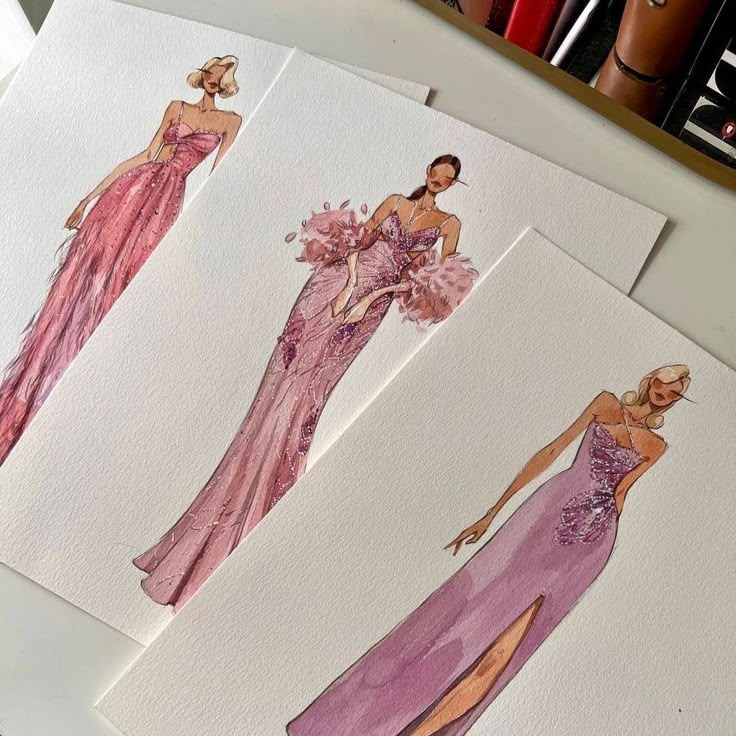
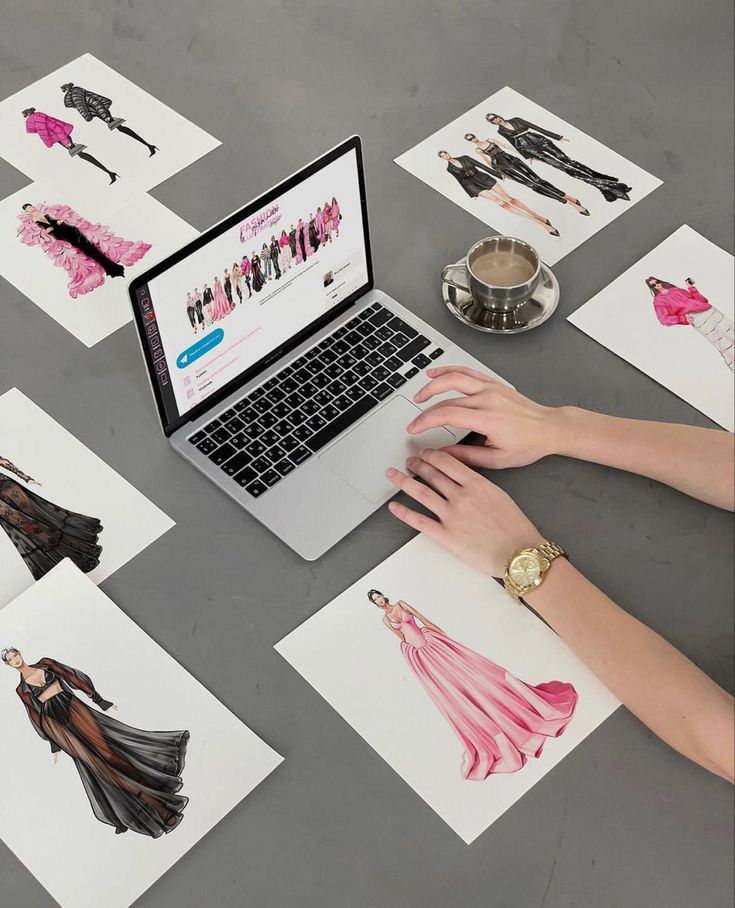
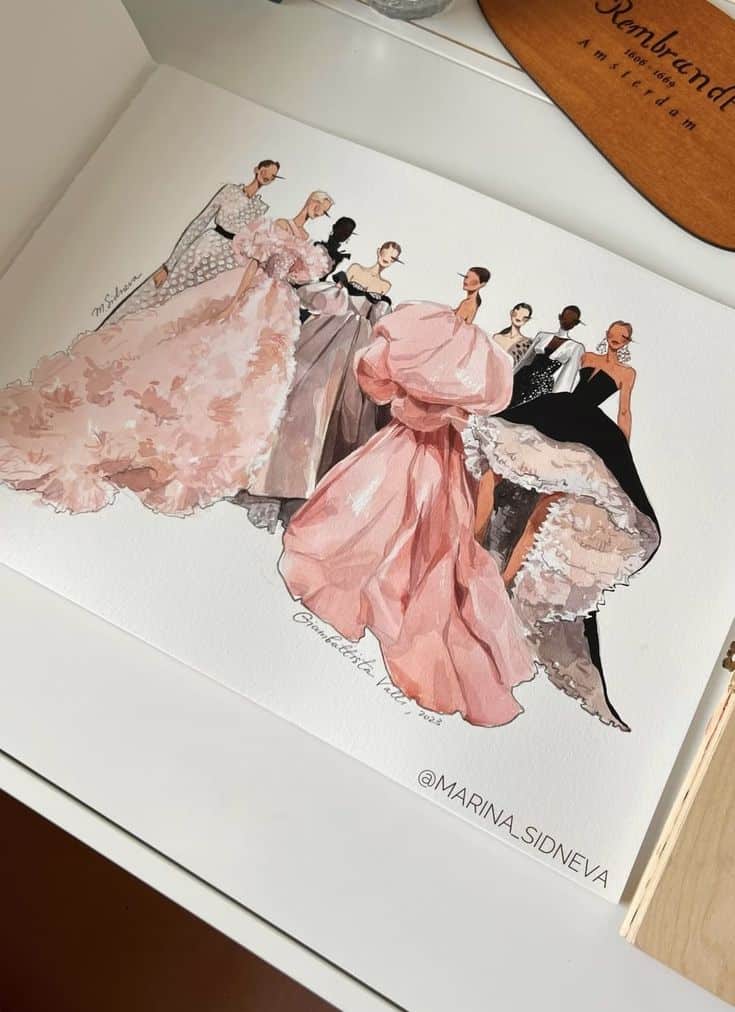
The Fashion Design Process
Fashion design is a structured process involving research, creativity, and evaluation. As you move through each stage, your ideas take shape through both artistic inspiration and technical methods.
Research and Inspiration
The design journey begins with understanding trends, target markets, and cultural influences. You gather visual references, analyze past collections, and identify gaps in the current market. Examining materials, colors, and silhouettes from both history and modern sources helps fuel creative thinking.
Mood boards or inspiration collages often guide your direction. These boards can include images, textures, quotes, or color palettes. They serve as visual anchors, helping you focus your creative vision.
Market research is critical. By studying consumer needs and competitor products, you ensure your collection stands out and meets real-world demand. Combining research with your own curiosity leads to fresh ideas and innovative design themes.
Creative Development
With inspiration in place, you start sketching and outlining design concepts. This stage is where your creativity and technical skills work together. Fashion designers use quick sketches, detailed illustrations, and fabric swatches to bring ideas to life.
Creating a series of initial designs lets you explore options without being tied down too early. You select key fabrics, colors, and trims, and consider construction details like seams and fastenings. A design thinking approach—empathize, define, ideate—keeps your focus on both creativity and user needs.
Once your concepts are refined, you develop technical sketches or flats. These precise drawings guide pattern makers during garment construction. Tech packs (documents with specs, materials, and measurements) provide extra clarity to everyone involved in the next steps.
Prototyping and Review
Your sketches turn into physical prototypes using sample fabrics. These first versions, or muslins, are sewn to test fit, drape, and design lines. Fittings let you adjust details, such as sizing and functionality, before more expensive materials are used.
Multiple rounds of prototypes may be made. You might collaborate with pattern makers, seamstresses, or sample makers to perfect construction. Feedback from peers or potential customers helps spot issues and discover practical improvements.
At this phase, you evaluate each design for quality, wearability, and market appeal. Adjustments are made as needed, ensuring your final collection meets creative and technical goals. Prototyping bridges the gap between artistic vision and finished fashion product.
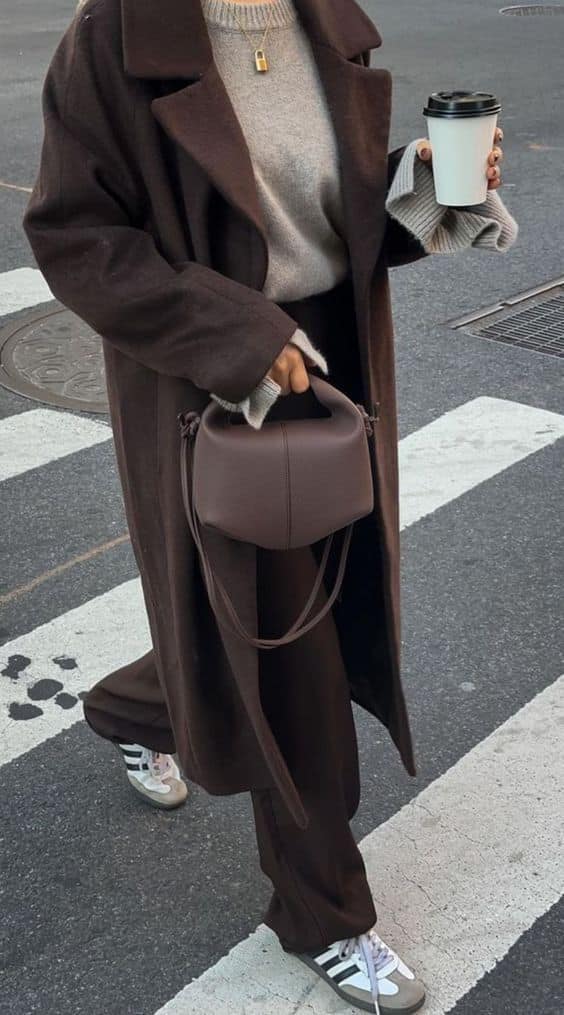
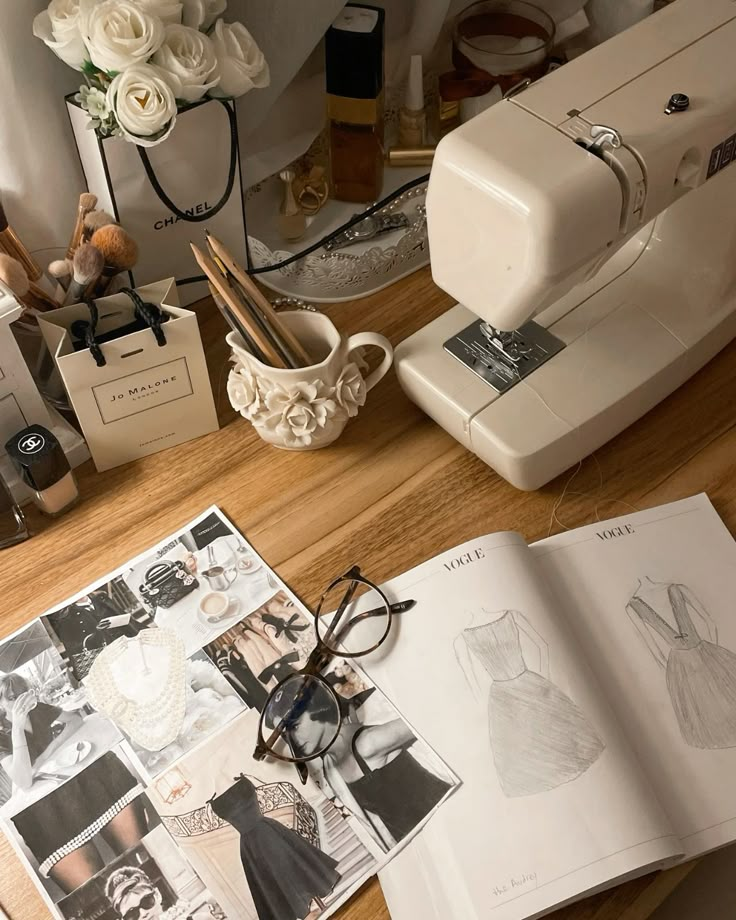
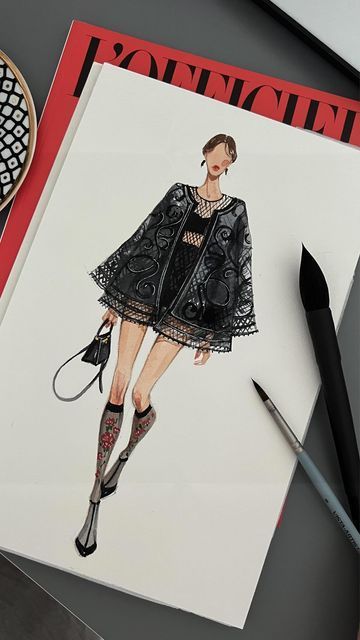
Culture and Innovation in Fashion
Fashion design constantly blends creativity and technology with the values, stories, and identities of different cultures. As a designer or enthusiast, you witness rapid changes in materials, design philosophies, and sustainable practices that reflect shifting cultural priorities.
Cultural Influences
Culture shapes the way you think about fashion, from traditional patterns and motifs to the stories behind certain textiles and silhouettes. Designers often draw inspiration from their heritage or global cultures, weaving identity and history into garments.
Many collections pay tribute to specific customs or periods, creating clothing that resonates deeply with its audience. This approach also opens conversations about representation, appropriation, and the respectful exchange of cultural ideas.
Fashion’s role as a communicator is central—what you wear often speaks to your community, beliefs, or background. Collections celebrating cultural heritage enhance diversity in the industry and challenge narrow standards of style and beauty.
Sustainable and Ethical Practices
Sustainability is no longer a niche concern. You see more brands adopting ethical practices to minimize harm and promote fair labor. This includes sourcing eco-friendly materials, ensuring fair wages for workers, and using transparent supply chains.
Some designers focus on circular fashion, which encourages recycling and upcycling materials. Others opt for biodegradable fabrics and natural dyes to reduce environmental impact.
Ethical practices are now seen as a mark of quality and responsibility. Consumers increasingly support brands that reflect values like animal welfare, waste reduction, and community empowerment. You can look for certifications such as Fair Trade or GOTS (Global Organic Textile Standard) to identify responsible fashion.
Innovative Materials and Technology
Innovation in materials has led to the development of fabrics made from unexpected sources like seaweed, orange fibers, and even recycled plastics. You might come across clothing using biodegradable glitter, lab-grown leather, or 3D-printed accessories.
Technological advancements don’t stop at textiles. Digital design tools help designers visualize and modify garments before physical samples are made, reducing waste. Smart textiles with embedded sensors are opening new possibilities for wearable tech.
Below is a list of innovative materials and technologies now common in fashion:
- Mycelium-based leather: Plant-based alternatives to animal leather
- 3D knitting: Zero-waste, seamless garment production
- Digital clothing: Fashion items that only exist in virtual worlds
You experience these innovations not just as trends, but as meaningful shifts in how fashion is designed, produced, and worn.
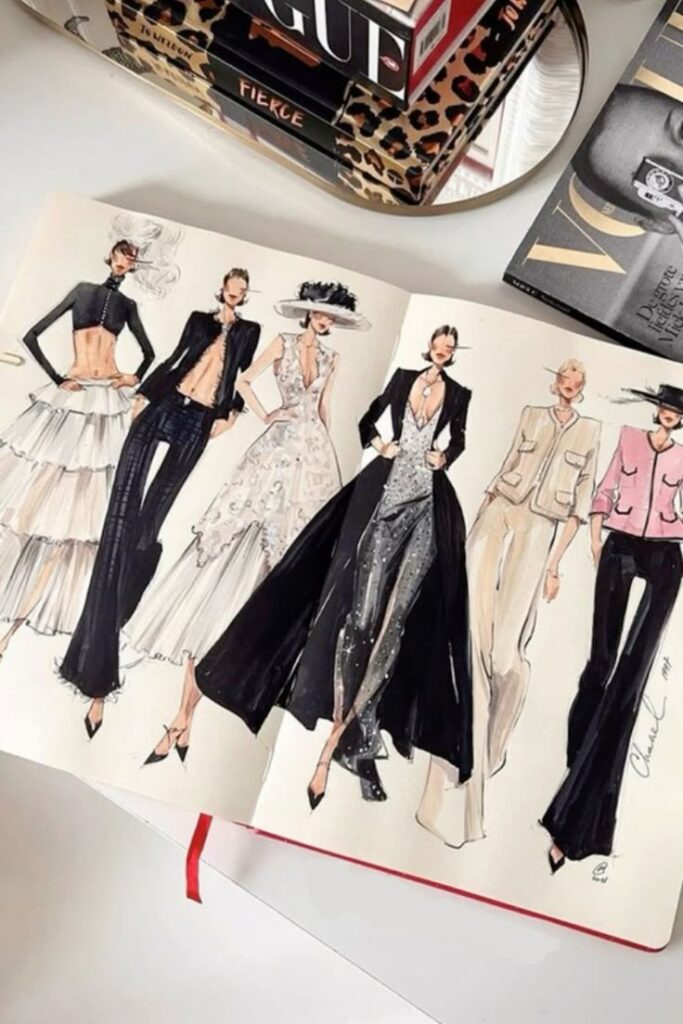
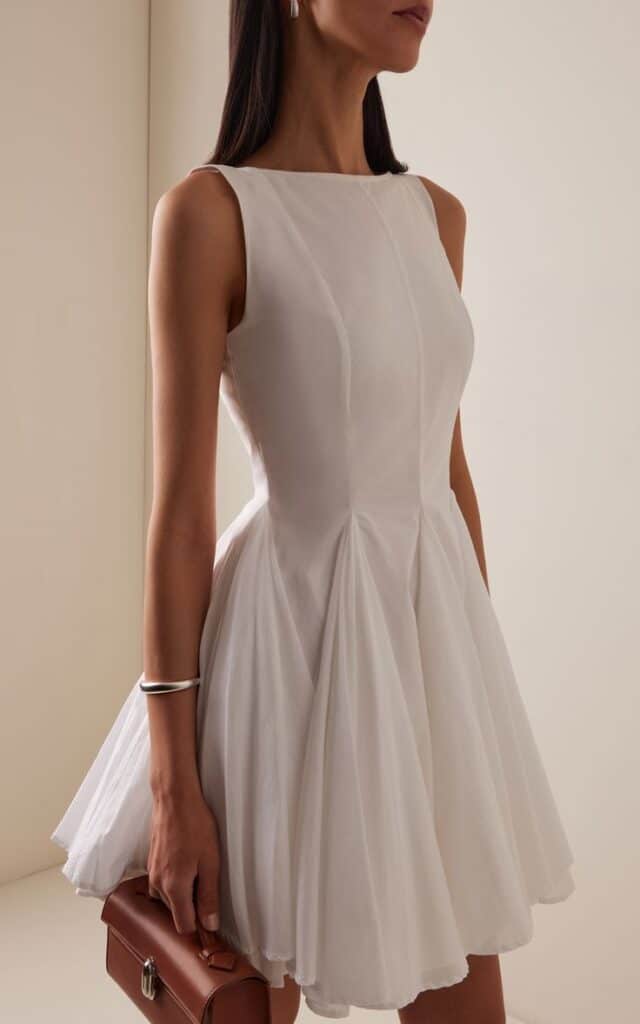
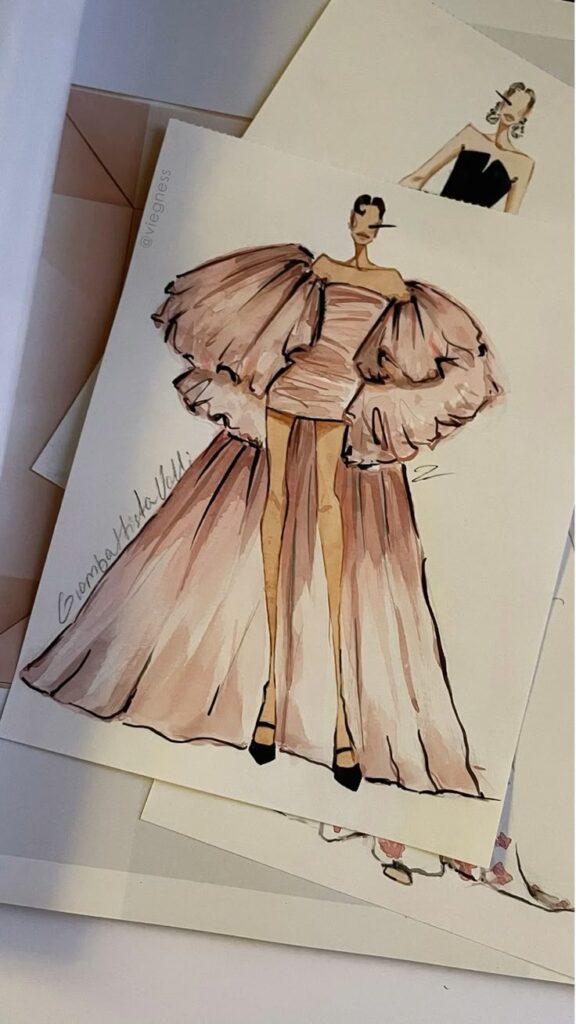
Careers and Collaboration in the Fashion Industry
Fashion design offers a wide range of career paths, from technical roles to creative leadership. Working in this industry means building both creative skills and the ability to collaborate in team environments.
Roles of a Fashion Designer
As a fashion designer, your primary responsibility is to create clothing and accessories. You take ideas from initial sketches to finished garments, often experimenting with fabrics, colors, and patterns. Your focus may shift depending on your specialty, such as women’s wear, menswear, sportswear, or costume design.
You might work on a team that includes textile designers, trend forecasters, and pattern makers. Some designers specialize in sustainable fashion or fashion tech, responding to current market demands.
Here are some key roles related to design:
| Role | Main Focus |
|---|---|
| Fashion Designer | Clothing/accessory design |
| Textile Designer | Fabric patterns/textures |
| Pattern Maker | Garment templates |
| Trend Forecaster | Predicting style trends |
Success in design often requires learning about branding, merchandising, and the supply chain.
Collaboration in Design Teams
You rarely work alone in the fashion industry. Most projects require constant interaction with other team members, such as stylists, marketers, product developers, and technical experts.
Effective collaboration helps everyone stay on schedule and maintain design quality. Clear communication is essential, especially when discussing mood boards, sketches, or sample revisions. You need to share feedback constructively and adapt quickly to changes from sales or marketing departments.
Fashion shows and collection launches are often coordinated by multiple departments working together. Even in smaller companies, collaboration can extend to suppliers, manufacturers, and retailers. Skills in teamwork, organization, and negotiation can make your work both smoother and more enjoyable.
Business and Industry Trends
Fashion is not just about creativity—understanding business trends plays a crucial role in long-term career success. Companies are increasingly looking for professionals skilled in branding, sustainability, and digital technology. You may find opportunities across merchandising, supply chain management, fashion marketing, and even e-commerce analytics.
Recent industry shifts emphasize sustainable production, circular fashion models, and the use of smart fabrics. Collaborating between technology and design departments is common as fashion adopts 3D modeling and virtual prototyping.
For your career, staying updated on business trends and industry technology is key. Networking with professionals across different roles will open new possibilities and insights into the evolving fashion landscape.
- 2.0Kshares
- Facebook0
- Pinterest2.0K
- Twitter3
- Reddit0









